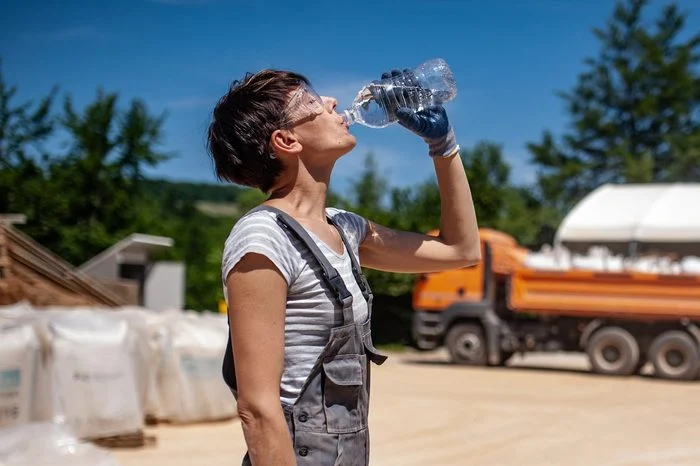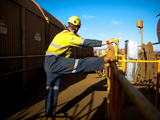Muscle Health for the Most Physical Job: Construction
Construction work is one of the most physically demanding careers, involving lifting, bending, twisting, walking and other physical activities. As a result, injuries are common among construction workers. However, there are ways to physically prepare for construction work and keep oneself safe.
One of the most important ways to prepare is by adopting a full-body stretching routine. This routine should focus on the neck, back, legs, core, chest, and arms and can take 10 to 15 minutes. This will help to reduce the strain on the body during a full day of construction work.
Construction workers need to take care of their bodies as the job involves physical labor that can lead to strains, sprains, and other injuries. Stretching is an excellent way to reduce the risk of such injuries and loosen up tight muscles.
Here are some of the most important stretches that construction workers must do to stay fit and healthy:
- Neck stretches:
- Rotate your chin slowly from shoulder to shoulder, holding for a few seconds at each shoulder. Repeat five times.
- Touch your chin to your chest, then slowly tilt your head backward. Repeat five times.
- Roll your head clockwise five times and then counterclockwise five times.
- Leg stretches:
- Stand straight, bend your knee and lift one foot behind you. Hold the foot with the hand on the same side. Hold it for 10 seconds. Swap legs. Repeat three times.
- Keep your legs straight, bend forward and attempt to touch your toes. Hold for 10 seconds. Repeat three times.
- Shoulder stretches:
- Place your hands at your sides. Roll your shoulders upward, backward, downward, and forward. Do five circles in each direction.
- Tuck your chin so your ears are in line with your shoulders. With one arm behind your back, try to pull the shoulder blade down. Hold for 10 to 15 seconds before swapping. Repeat two times.
- Chest stretches:
- Make a W shape with your hands and arms. Squeeze the shoulder blades together. Hold for five seconds. Repeat five times.
- Open up your arms and stand with palms facing forward. Reach your arms backward and hold the stretch for 10 to 15 seconds. Repeat two or three times.
- Core stretches:
- Lay flat on your stomach. Place your hands, palms down, under your shoulders. Press up from the ground, keeping hips in contact with the floor. Hold for 15 to 30 seconds.
- Sit in a chair with your back straight. Cross arms over your chest, hands on shoulders. Rotate to the left, tense core muscles, then release after five to 10 seconds. Repeat on the other side.
- Arm stretches:
- Lift both arms overhead, then bend one elbow. With the other hand, grasp the bent elbow and gently push it behind. Hold for 20 seconds before switching. Repeat on both sides at least twice.
- Cross one arm across your body. With the other arm, reach up and pull the elbow joint across further to stretch. Hold for 20 seconds and repeat two to three times.
MUSCLE TIP: Don’t forget about H2O!

Hydration is essential to sustaining good Muscle Health.
Drinking enough water throughout the day can help you perform better, stay focused, and prevent injuries. In fact, it's so important that OSHA has made it mandatory for construction companies to provide clean drinking water to their workers.
So, how much water should you drink daily? According to most health experts, you should aim for at least 8 to 13 cups a day. However, if you work in construction or other physically demanding jobs, you may need to drink even more, particularly in hot weather conditions.


